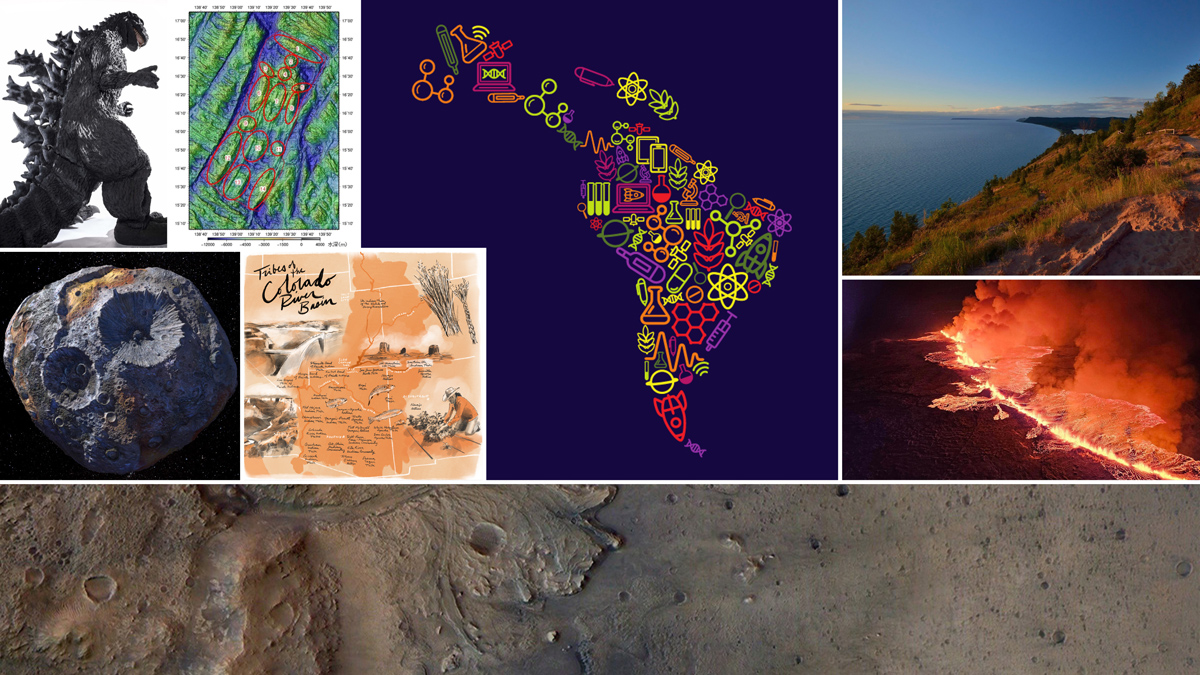What Earth and space science stories stood out this year?
weird & wonderful
Наконец-то найдено объяснение загадочным “камням дзен”
Лабораторные эксперименты позволили воссоздать тонкие ледяные пьедесталы, поддерживающие некоторые горные породы в природе, и выяснить, что сублимация играет ключевую роль в формировании этих редких и красивых структур.
Mars Has Far Fewer Minerals Than Earth Does
The development of plate tectonics and life on Earth provided avenues for mineral evolution that did not occur on Mars, resulting in relatively limited mineral diversity on the Red Planet.
Hunting Hurricanes
NOAA’s Hurricane Hunters risk their lives each time they fly into the eye of a storm to collect crucial data for forecasting, hurricane modeling, and research.
Eavesdropping on the Vibrations of Earth’s Magnetic Bubble
A NASA-funded crowdsourced science project has converted the unheard sounds resonating inside Earth’s magnetic shield into audible tracks, revealing an orchestra of whistles, wooshes, and chirps.
Godzilla Gets a Forever Home on the Ocean Floor
The world’s largest oceanic core complex is named after the reptilian monster from Japanese science fiction. Parts of the seabed feature were recently christened with the beast’s anatomy.
In New Zealand, Fish Are Helping Scientists Find Gold
Enormous amounts of gold lie buried beneath the rubble of New Zealand’s mountains, and scientists are using freshwater fish genetics to find it.
Making Sense of the Great Barrier Reef’s Mysterious Green Donuts
Researchers set sail to the Great Barrier Reef to study how ring-shaped algae deposits formed and evolved, what feeds them, and the diversity of creatures that call them home.
Finding Climate History in the Rafters of New York City Buildings
When renovating in the Big Apple, you might acquire a several-hundred-year-old climate database along with your new kitchen and bath.
Our Favorite Science Stories of 2022
Which Earth and space science stories stood out this year?










